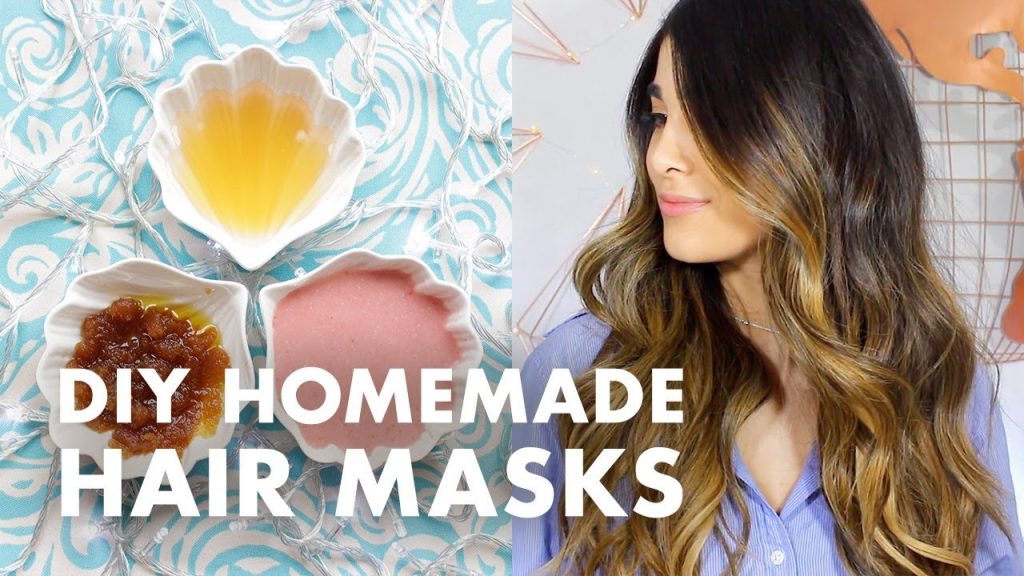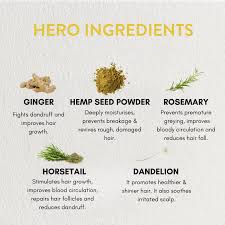
Maintaining healthy hair doesn’t have to involve expensive salon treatments or chemical-laden products. You can nourish and repair your hair using simple, natural ingredients found at home. Homemade hair masks offer a cost-effective, eco-friendly way to care for your hair while avoiding synthetic additives.
This guide will help you explore the best ingredients, recipes, and tips for making your own hair masks. Whether your goal is deep conditioning, damage repair, or boosting hair growth, these DIY treatments are designed for healthier, stronger, and shinier hair.
The Importance of Natural Hair Care
Natural hair care focuses on using organic, herbal, and sustainable ingredients to protect and nourish your hair. Unlike commercial products filled with chemicals, these natural treatments strengthen hair without causing harm over time. The growing popularity of natural hair care is tied to concerns about the impact of harsh chemicals on hair health, environmental sustainability, and personal well-being.
Why Choose Organic and Herbal Treatments?
Organic and herbal treatments not only enhance your hair’s strength and shine, but they’re also safer for long-term use. Common store-bought products often contain sulfates, parabens, and silicones, which can strip hair of its natural oils, leading to dryness and damage. On the other hand, organic ingredients like aloe vera, coconut oil, and honey work with your hair’s natural biology to nourish and restore its health without harmful side effects.
Best Ingredients for Homemade Hair Masks
Crafting your own hair masks allows you to customize treatments based on your hair’s needs. Some ingredients are excellent for moisture, while others focus on repair or growth. Understanding the right ingredients can transform your hair care routine.
Moisturizing Ingredients for Dry Hair
Dry hair requires deep hydration to regain its softness and shine. Ingredients like coconut oil, avocado, and honey are rich in fatty acids and vitamins, which penetrate the hair shaft to lock in moisture. Coconut oil, in particular, helps to reduce protein loss, while avocado provides essential nutrients like potassium and magnesium. Honey is a humectant, meaning it attracts moisture from the air, leaving your hair smoother and shinier.
Strengthening Ingredients for Damaged Hair
Damaged hair, often caused by heat styling or chemical treatments, needs repair and strengthening. Eggs, rich in protein, help rebuild weakened hair fibers, while yogurt’s lactic acid content exfoliates the scalp and promotes healthier hair. Bananas are also excellent for damaged hair as they contain silica, which strengthens hair and helps it grow thicker.

DIY Hair Mask Recipes for Every Hair Type
Creating hair masks at home is simple and effective, and you can tailor each mask to suit your specific hair type. Here are some easy-to-make recipes.
Moisturizing Hair Masks for Dry Hair
To make a moisturizing hair mask, combine:
- 2 tablespoons of coconut oil
- 1 ripe avocado
- 1 tablespoon of honey
Blend the ingredients until smooth, then apply it to damp hair, focusing on the ends. Leave it on for 20 minutes before rinsing with lukewarm water. This mask will deeply hydrate your hair, leaving it soft and silky.
Repairing Hair Masks for Damaged Hair
For damaged hair, try this repairing mask:
- 1 egg
- 2 tablespoons of yogurt
- 1 ripe banana
Mash the banana and mix it with the egg and yogurt. Apply the mask from roots to ends, and leave it on for 15–20 minutes. This mask helps strengthen and repair hair, giving it a smoother, healthier texture.
Growth-Boosting Masks for Thin Hair
Boost hair growth with this simple recipe:
- 2 tablespoons of castor oil
- 1 tablespoon of aloe vera gel
- 10 drops of rosemary essential oil
Castor oil promotes thicker hair growth, while aloe vera soothes the scalp. Rosemary oil stimulates hair follicles, encouraging new growth. Apply the mixture to your scalp, massaging it in for a few minutes. Leave it on for 30 minutes before washing it out.
How to Apply and Maximize Results with Homemade Hair Masks
To get the most from your homemade hair masks, it’s important to apply them correctly and use them consistently.
How Often to Use Hair Masks
For dry or damaged hair, using a hair mask once or twice a week is ideal. Those with normal hair can apply masks once every two weeks. Overuse can lead to build-up, so it’s essential to find a routine that works for your hair type.
Essential Oils for Nourishing and Repairing Hair
Essential oils like lavender, rosemary, and tea tree oil are perfect additions to any hair mask. Lavender helps soothe the scalp, while rosemary promotes circulation, encouraging hair growth. Tea tree oil is excellent for addressing dandruff and scalp issues. Add a few drops of essential oil to your hair mask for added benefits.
Sustainable and Eco-Friendly Hair Care with DIY Masks
By creating homemade hair masks, you’re not only improving the health of your hair but also contributing to a more sustainable lifestyle. Many store-bought products come in plastic packaging and contain ingredients that can harm the environment. Opting for natural, biodegradable ingredients reduces waste and helps protect the planet while giving your hair the care it needs.
This detailed blog post offers a comprehensive guide to homemade hair masks, covering everything from natural ingredients to recipes for different hair types. With these tips, you can maintain healthy, strong hair while embracing a more sustainable hair care routine.
Written By : Ashwini kamble
